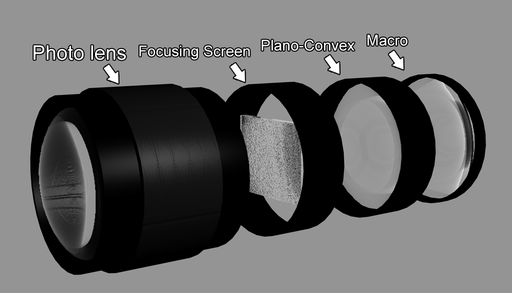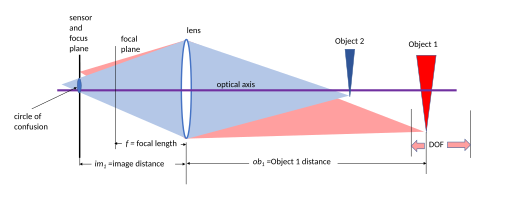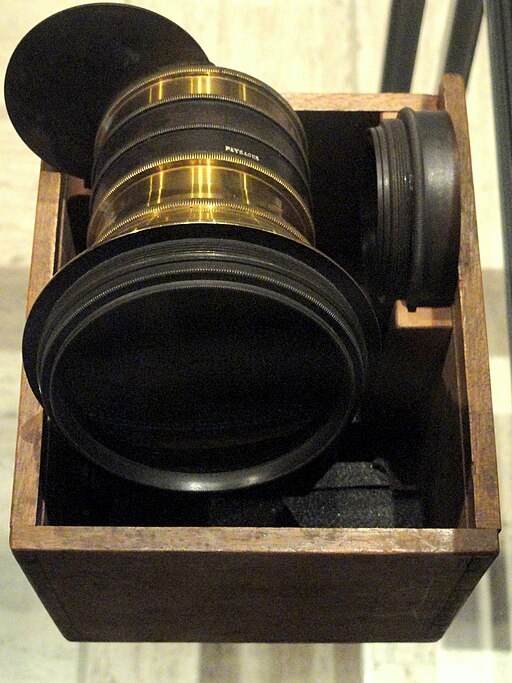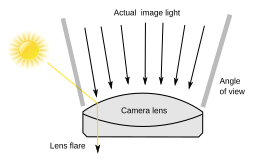WORKPRINT STUDIOS BLOB POST #6 - Film Lenses
Filmmaking Blog
Welcome to the Workprint Studios Blog.
WORKPRINT STUDIOS BLOG POST #6 - Film Lenses
Motion Picture Lenses
Motion picture film lenses are one of the most important aspects of filmmaking. They are responsible for capturing the visual details that create the mood, tone, and atmosphere of a film. Over the years, the development of lenses has undergone a significant evolution. This article provides an in-depth analysis of motion picture film lenses, their history, types, apertures, angle, and quality. Additionally, we will delve into the factors that determine their effect on the final image.
History of Motion Picture Film Lenses
The history of motion picture film lenses dates back to the early 1900s when filmmakers began using basic lenses on their cameras. As the technology evolved, filmmakers started using prime lenses, which allowed them to control the aperture and focal length better. In the 1950s, the introduction of zoom lenses gave filmmakers more flexibility in framing shots.
Types of Lenses
There are various types of lenses used in motion picture filmmaking. These include prime lenses, zoom lenses, anamorphic lenses, and macro lenses. Prime lenses have a fixed focal length and aperture, while zoom lenses have variable focal lengths and apertures. Anamorphic lenses create a widescreen aspect ratio by compressing the image horizontally. Macro lenses are used to capture close-up shots of small objects.
Aperture
The aperture of a lens refers to the size of the opening that allows light to pass through. It is measured in f-stops, with lower f-stops allowing more light to pass through. A wider aperture (lower f-stop number) creates a shallower depth of field, while a narrower aperture (higher f-stop number) creates a deeper depth of field.
Quality
The quality of a lens depends on its construction, materials, and design. Higher-quality lenses are made from better materials, have more precise construction, and better coatings to reduce glare and distortion. A high-quality lens will produce sharper, more accurate images with less distortion.
Factors Affecting the Final Image
Several factors can affect the final image captured by a lens. These include the focal length, aperture, shutter speed, ISO, and sensor size. The focal length and aperture determine the depth of field, while the shutter speed and ISO determine the exposure. The sensor size can affect the image's noise level, dynamic range, and depth of field.
Lens Flare
Lens flare is an optical phenomenon that occurs when light reflects inside the lens and creates unwanted artifacts in the image. It is often used artistically to create a dramatic effect, but it can also be a distraction. Lens hoods and filters can help reduce lens flare.
Lens Maintenance
Proper maintenance of lenses is essential for their longevity and performance. Regular cleaning with a microfiber cloth and lens cleaner can help keep them free of dust and debris. It is also important to store lenses in a dry, cool place and avoid exposing them to extreme temperatures or humidity.
Conclusion
Motion picture film lenses are an integral part of filmmaking, and understanding their history, types, apertures, angles, and quality is crucial for achieving the desired effect in a film. Factors such as focal length, aperture, shutter speed, ISO, sensor size, lens flare, and maintenance can significantly affect the final image captured. Filmmakers must choose the right lens for the shot, maintain it properly, and utilize its features to achieve their creative vision.
DID YOU KNOW?
- Did you know that some high-end cinema lenses can cost more than a luxury car?
- Did you know that the first cinema lenses were designed to work with orthochromatic film, which was only sensitive to blue and green light?
- Did you know that some anamorphic lenses can create a unique oval-shaped bokeh effect in the out-of-focus areas of an image?
- Did you know that some macro lenses can capture details as small as a grain of sand or a drop of water?
- Did you know that some vintage lenses can create a soft, dreamy look in images, which is popular among filmmakers for romantic and nostalgic scenes?
- Did you know that some cinema lenses have a T-stop rating, which measures the actual amount of light that passes through the lens, rather than just the theoretical maximum aperture?
- Did you know that some lenses have a floating element design, which allows them to maintain sharp focus even when used at close distances?
Where you can find us.












